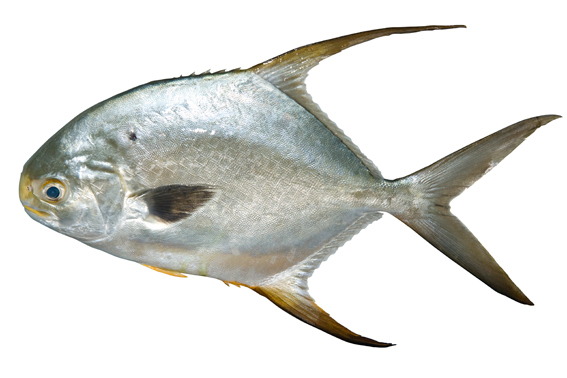Narrow-barred Spanish Mackerel
Spanish mackerel (Scomberomorus commerson), also known as Narrow-barred mackerel, are a highly prized sport fish on light tackle. Spaniards are a pelagic species that frequent reef habitats between deeper oceanic waters and the mainland.[...] Read More » “Narrow-barred Spanish Mackerel”



